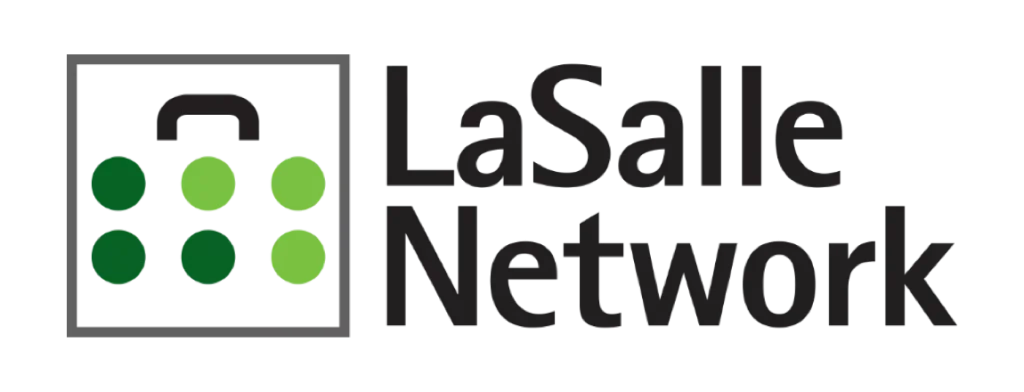In theory, a team of 10 should be twice as productive as a team of 5, a team of 50, twice as productive as a team of 25, and so forth…right? As many business leaders have found, this is not always, or even remotely, the case.
To combat this, we’re sharing five essential steps in growing a team and scaling productivity appropriately.
Build a Well-Oiled Machine
A Formula 1 pitstop crew changes all 4 tires of a race car in 2 seconds or less. This is because everyone knows their role precisely, practices their role over and over, and trusts one another to do their jobs correctly. If even one person messes up or steps in the way of another, it can be the difference between a race won or lost.
While not all jobs are as high-pressure as an F1 pit crew, employees need to know in detail what role they play on a team…and in the company. This includes employees knowing 1. how their production impacts the team 2. how the team’s production impacts the company and 3. what company goals they are supporting – or have the chance of derailing.
As a team grows, this becomes even more important.
Identify Strengths
While it’s difficult to get to know every employee individually on a large team, understanding each person’s motivators and strengths is essential to supporting a high-performing team. Utilizing tools like the DiSC assessment, which is a personality test uncovering an individual’s work style and strengths, can help by understanding where various employees rank in the following attributes:
- Dominance (D) represents individuals who are confident and place an emphasis on accomplishing bottom-line results
- Influence (I) represents individuals who place an emphasis on relationships, and influencing or persuading others
- Steadiness (S) represents individuals who are dependable, and place an emphasis on cooperation and sincerity
- Conscientiousness (C) represents individuals who place an emphasis on quality, accuracy, expertise, and competency
These fields indicate how people communicate and receive information and what type of role they are likely to take on within a group. This provides a common language to understand how the employee operates within a team. Working with a growing team is an adjustment for both leaders and employees, so utilizing tools like this or others can help a large team sustain momentum and engagement.
Embrace Direct Conversations
As a team grows and lines of communication increase exponentially, there is less time for ambiguity. Having direct conversations can be an opportunity to correct behavior that might be setting employees back and set expectations to the standard they’re being held accountable to.
Employees can’t be successful if they don’t know what is expected of them or how they are performing. Providing timely and direct feedback – both good and bad – is essential. Understanding where their production is and what areas they need to work on helps employees increase productivity and serve as a stronger teammate.
Quantify Performance
It’s not enough to tell someone they need to work harder or produce more – employees need to know exactly what is expected of them and have specific goals they are tracking towards. Adhere to an ‘Objectives and Key Results’ (OKR) plan, which is a goal-setting technique to represent aggressive goals and define the measurable steps to take towards achieving them.
Break down these goals with smaller milestones, otherwise known as Key Performance Indicators (KPI’s), to track progress, identify pitfalls and course-correct when necessary to keep on track to hit goals. Setting milestones to track progress toward overarching goals also helps keep employees motivated.
Allow Mistakes
For a growing team to remain nimble and productive, individuals need to know they can make mistakes. Managers should be trained to help their people fail fast – taking accountability for their faults, making it right and moving on.
Employees not letting their mistakes slow them down is a direct result from how leaders treat mistakes. Share what mistakes high performers on the team or within the company have made and how they’ve recovered. The culture a manager builds within the team is the difference between one that succumbs to growing pains, and one that thrives and withstands all.
If you’re looking to add talent to your team, we’re here to help. Get connected with us here.





